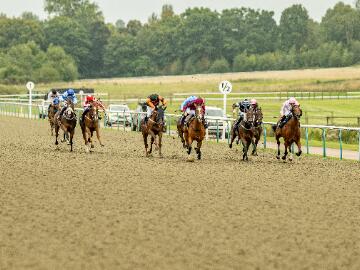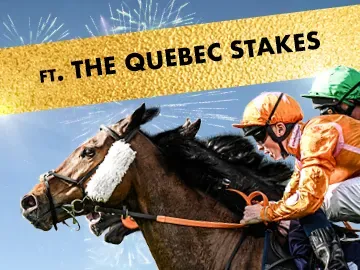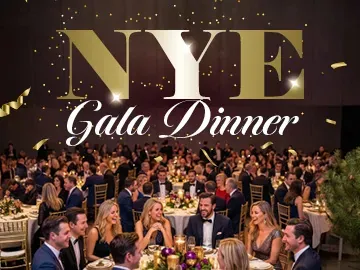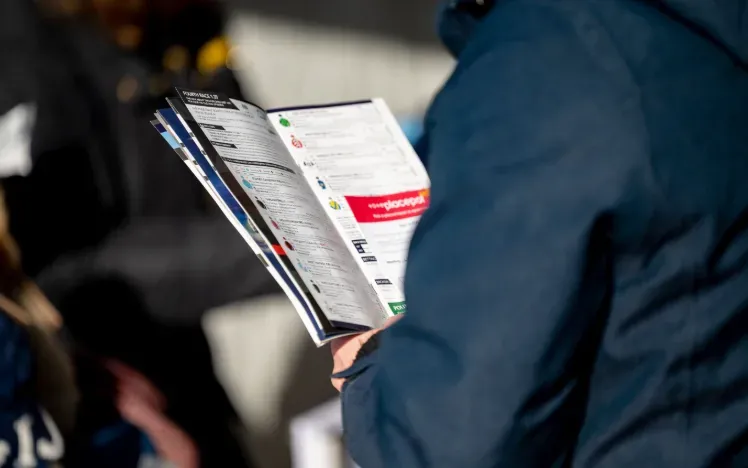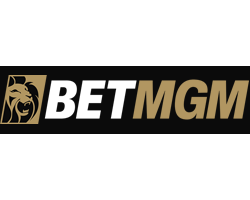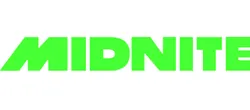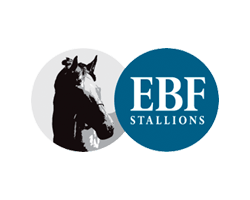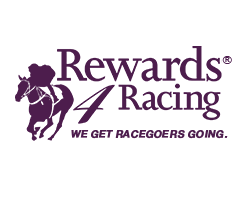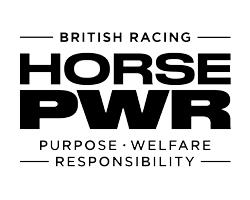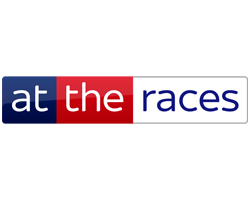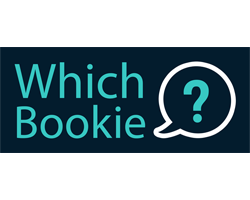Horse race cards can be purchased from the racecourse - usually from just through the entrance. You can also view them for Lingfield online here too.
The racecard contains all the information you need about the races taking place, and the horses running in them.
Many enthusiasts keep and collect their horse racing cards. Reading through old racing cards many years later can be a pleasant nostalgic experience – and a racecard can be a source of useful future information for form students.
However, the main use for a racecard is on the day itself. Here is a guide in reading it so you get the most out of it.
Race Details
At the head of the pages where the runners in each race are displayed, you will find details of the race itself.
This tells you the race name, its grade – and the time it is due to start. You will also find details of how much prize money the winner and placed horses will collect from their race at Lingfield.
Look out too for a small map of the course that tells you where the race will start. That’s a particularly helpful piece of information for racegoers new to the experience of watching horse racing.
You may also learn something from a fact box to give you more insight into the race. This can include trends such as the leading course trainer, as well as previous runnings of the race.
Somewhere on the card, usually after all the runners have been listed, you should also find a guide to the likely starting prices.
Although these can change a lot between the racecard being printed and the race starting, they should give you an idea of which are the most fancied runners.
Details of Each Runner on a Horse Race Card
This is the moment when, if you are a newcomer to horse racing, you may find yourself confused by what appears to be a blizzard of facts and figures.
However, if you break down the different sections of information available, you will quickly pick up the various data being presented.
Horse Details
The first thing you come to on this part of a racecard is the name of the horse.
To the left you will see its number – that’s the same number that will be on its saddlecloth when it runs. Next to that will be the colours the jockey will be wearing so that you can recognise the horse during the race.
After the horse’s name come a line of letters and numbers. Taking the example above, these represent:
- (GB): Where the horse was bred; other common abbreviations are IRE, FRA and USA
- (23): How many days since the horse last ran
- 11/1-11F: The horse’s performance in its last six races. Numbers and letters before the hyphen are from the previous season; the ones before a slash are the season before
- CD BF: Examples of extra information. CD stands for a horse that has won over the same course and distance as this race; BF means it went off favourite last time out and was beaten.
- 8 11-10: The horse’s age, and the weight it carries today. Weights are always in stones and pounds, and are a particularly key piece of information in handicaps.
The Connections
The section directly below the horse contains the names of connections. These usually include:
- The horse’s breeding, showing its sire (father) and dam (mother); also its colour – b (bay), br (brown) or g (grey); and sex – c (colt), f (filly), g (gelding) or m (mare)
- The owner
- The breeder
- The Jockey
- The trainer
- Any sponsor, whose name will appear on the horse’s colours
Form Guide
As well as the figures showing the horse’s last six runs, you should find a short analysis of each horse.
This includes a summary of the horse’s ability and recent form, as well as its prospects of winning the race today.
If the analysis is provided by Timeform, an organisation that creates a detailed racecard for every meeting, you may see a TFR – Timeform rating.
In some instances, racing cards will also include the British Horseracing Authority (BHA) rating for each horse. This is an important number because every horse that has run three times or more has one.
It is an indicator of how highly regarded the horse is, and is used to calculate its weight if it runs in a handicap.
Other Types of Horse Race Card
This guide should help you to read standard horse racing cards when you go to a racecourse. You can find more useful guides and information for new racegoers on our beginners guide page.
There are other ways to access the same information. Bookmakers’ platforms, and online sports publications, will carry the same facts and figures in their own style.
However you digest it, the content in a racecard is incredibly useful when you want to find out more about the racing you are about to enjoy.



